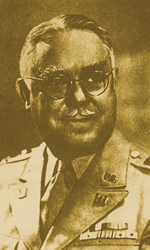
John Francis Ohmer, Jr., engineer, was born in Dayton, Ohio, July 3, 1891, son of John Francis and Anna Katherine (Beckman) Ohmer and grandson of Michael and Rose Marie (Welty”) Ohmer. His grandfather, a native of Alsace, France, came to this country in 1831 and settled in Dayton the following year. His father was a manufacturer and inventor. John F. Ohmer received his education at St. Marys Institute, Dayton, the University of Dayton, and Cornell University, where he was graduated M.E. in 1913. Joining the Ohmer Fare Register Co., Dayton, which had been founded by his father in 1902, Ohmer was an apprentice until 1914, a member of the salt’s department for two years, an engineer during 1919-21, and a member of the production export department from then until 1927.
During this period he spent a year in South America, another in New Zealand and Australia, and shorter periods in a number of other foreign countries. In 1927 he was named Pacific district manager and continued in that capacity until 1940, having served also from 1938 as the company’s first vice-president. In 1945 he was the organizer and from then until his death the sole owner of Ohmer Mechanical Engineers, Beverly Hills, Calif., dealers in cash registers, taximeters, parking meters, and vibracorders. Of these items mentioned, Ohmer imported, introduced, and sold the SWEDA Cash Register, manufactured by L. M. Ericcson Co. in Sweden, to the American market.
He also imported from Germany the Kienzle Vibracorder, an instrument used to record time and speed on any moving machine or vehicle. The other imported item which he not only sold, but which he assembled from imported parts in a special department within Ohmer Mechanical Engineers, was the HALDA Taximeter, manufactured by Haldex, A. B. of Halmstad, Sweden. In making this taximeter practical for the American market, it was necessary for him to re-design the device, and it was on this task that much of his engineering ability was displayed. His first sales promotional efforts upon returning from military service in 1945 was with the MI-CO Parking Meter, manufactured by The Michaels Art Bronze Co., Covington, Ky. He also held many patents in his own name.
Ohmer first entered military service in 1909 when he enlisted in the Ohio National Guard as a bugler, attended summer training camps, and was on active duty during the Dayton flood of March, 1913. In 1916 he took training at Plattsburg, N.Y., and then served as a lieutenant and battalion adjutant on the Mexican border with the 148th Infantry, Ohio National Guard. He was later in command of the Mounted Scouts Border Patrol. Shortly after the entry of the United States into the First World War he was appointed a 1st lieutenant in the Engineer Officers Reserve Corps, U.S. Army. He held a number of assignments with the 404th Engineers and was discharged from active duty in 1918 while serving in the rank of captain in the office of the Chief of Engineers. Between the First and Second world wars he became interested in the problems of camouflage and, as a reservist, in 1938 formed the 604th Engineers Battalion a camouflage unit of the 4th Army. In this connection he organized an enlisted reserve auxiliary of cameramen in the motion picture industry and created camouflage study groups.
Officers trained under his direction gave outstanding service with camouflage units during the Second World War. Another of his outstanding contributions was the development of techniques for the camouflage of large scale industrial plants, the first subject of which was the Douglas Aircraft plant. Later in 1939 and in 1940 he was in charge of camouflage training, instruction, and experiment at various posts on the West coast and during Army maneuvers. At about this time he first devised the procedure of camouflage posters for use during maneuvers, these later becoming a standard technique for determining camouflage instruction. In March, 1941, Ohmer, then in the rank of major, was ordered to active duty in the office of the Chief of Engineers, Operations and Training Section, Washington, D.C. He was sent to the Hawaiian Department in connection with camouflage planning for the islands.
In addition to military camouflage training he organized a civilian group for the purpose of studying industrial camouflage. He was later sent to Kodiak Island, off the coast of Alaska, and while en route to this assignment he camouflaged the Alcan Highway which was then under construction. While on Kodiak, he recommended the building of air hangars into the sides of the hills. Upon his return to 4th Army Headquarters, the Presidio, San Francisco, in 1942, he was put in charge of camouflage for the entire West coast from the Aleutians to California. In April, 1943, he received a promotion to colonel, and through the development section of his organization, was active in devising new camouflage techniques, particularly operational camouflage for use in attack. He introduced the subject of operational deception and gave the opening lectures at the Army and Navy Staff College (later National War College), at the senior officer s course at the U.S. Air Force base, Orlando, Fla., and at the Command and General Staff School, Ft. Leavenworth, Kan.
In September, 1944, he accomplished a secret mission in China and Burma. This was his fourth overseas mission. On Feb. 3, 1945. Ohmer was assigned as commandant of the Engineer Camouflage School, Aviation No. 1, at March Field, Calif. Although a non-flying officer, he had over 1200 flying hours. He was released from active duty in 1945. During the last year of his life he served on the Beverly Hills Traffic Commission. He belonged to the Society of American Military Engineers, Sigma Chi, Rotary International, and the Jonathan and Bel Air Bay clubs. His religious affiliation was with the Roman Catholic church, and politically he was a Republican. He had many interesting hobbies, among which were photography, tricks of magic, and self-designed musical instruments. In 1945 he was awarded the U.S. Legion of Merit.
Ohmer was married in Los Angeles, Feb. 16, 1927, to Virginia Elizabeth, daughter of Thomas Cornish Dymond of St. Louis. Mo., and Los Angeles, and had three children:
- John Francis
- Letitia Ann
- Thomas Dymond.
His death occurred in Beverly Hills, May 18, 1950.
From Who’s Who in Engineering
New York, N.Y. :: Who’s Who Publications, 1925
OHMER, John Francis, Jr, Ohmer Fare Register Co.; res. 354 West First St., Dayton, Ohio. Mech. Engr; b. Dayton, Ohio, July 3, 1891; s. John Francis and Anna K. (Beckman) Ohmer; grad. high school and coll., St. Mary Coll., Dayton; M.E., Cornell Univ., 1913; Sigma Chi. Apprenticeship through all depts of Ohmer Fare Register Co., including installation and sta. work, now Vice-Pres. and mgr. taximeter dept. Patented a zone registering and calculating machine, and several additions or impvts. in fare registers and taximeters. June, 1910, Lt. 3rd Ohio Inf in Mexican Border, service at El Paso, Texas, until German War, 1917, transferred to engrs, assigned to 9th U.S. Engrs (mounted), promoted to Capt. Engrs. discharged Dec, 1918. Mem. A.S.M.E.. Soc. Am. Mil. Engrs, Am. Legion; Major Engrs’ Officers Reserve Corps. Recreations; Horseback riding, tennis, camping, hunting. Clubs: Engineers. Dayton Country (Dayton), Cornell (New York).

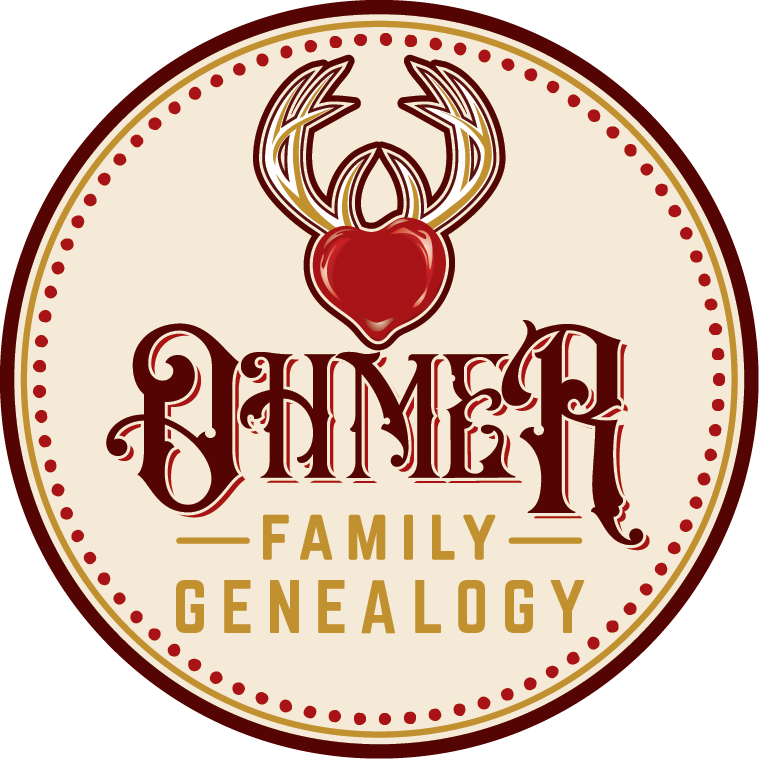

 |
| 
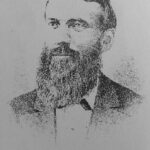
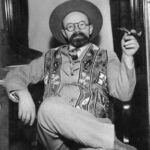
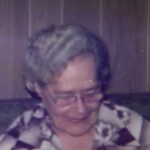
I was particularly interested in the fact that Mr. Ohmer married Virginia Elizabeth Dymond in 1927. My name is James Dymond and our family lived at 1336 Holly Avenue which is on street west of Creighton Avenue where the old Ohmer homestead is located. As a child, I had the honor of working in the Ohmer yard for a brief period in the early 1950’s.
Mrs. Ohmer was always very nice to us kids. She would take the time to talk to us and share her knowledge of taking care of yards with us. I remember one early spring day there had been a wind storm the night before and the fruit trees in the small orchard facing Carlisle Avenue were pretty torn-up. Mrs. Ohmer told us that the wind was nature’s pruner. It was just nature’s way of getting rid of the unneeded trees and parts of trees.